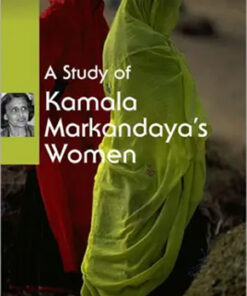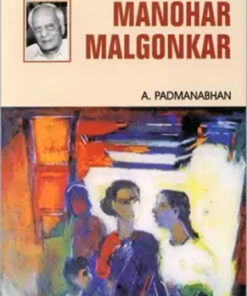Economic Products of India: Exhibited at the Calcutta International Exhibition, 1883-84
₹12,000.00 Original price was: ₹12,000.00.₹8,700.00Current price is: ₹8,700.00.
20 in stock
Economic Products of India: Exhibited at the Calcutta International Exhibition (1883-84), Parts I–IV by George Watt, offers a comprehensive analysis of India’s valuable natural resources.Part I: Gums and Resins explores the commercial importance of products like lac, gum arabic, and resin, vital in industries like varnish and medicine.Part II: Dyes, Tans, and Mordants details traditional dyes (indigo, madder) and tanning agents, reflecting India’s historic role in global textile markets.Part III: Fibers and Fibre-Yielding Plants examines crops like cotton, jute, and hemp, highlighting their significance in India’s textile industry.Part IV: Oils and Oil Seeds, Perfumery, and Soaps discusses essential oils, aromatic products, and soaps, underscoring their economic and cultural value.Watt’s work sheds light on India’s diverse economic resources, emphasizing their potential for trade and industrial use during the colonial era. Economic Products of India: Exhibited in the Economic Court, Calcutta International Exhibition (1883-84), 5th Part – Medicinal Products by George Watt, provides an in-depth analysis of India’s rich diversity of medicinal plants and herbs. It details their traditional uses in Ayurvedic and indigenous medicine, highlighting their commercial potential in both domestic and international markets. The work emphasizes the economic importance of medicinal plants, reflecting colonial interests in the sustainable exploitation of India’s botanical resources for pharmaceutical and health-related industries. Watt’s study remains influential in ethnobotanical research. Economic Products of India: Exhibited in the Economic Court, Calcutta International Exhibition (1883-84), 6th Part – Foods, Food-Stuffs, and Fodders by George Watt, explores India’s diverse agricultural products and their economic significance. It details staple foods, grains, edible oils, and fodder crops, highlighting their role in Indian agriculture and trade. The work reflects colonial interest in India’s agricultural resources, emphasizing the commercial potential of food products for both domestic consumption and export. Watt’s study offers valuable insights into 19th-century Indian agricultural practices and economies. Economic Products of India: Exhibited in the Economic Court, Calcutta International Exhibition (1883-84), 7th Part – Timbers by George Watt (1851–1930), showcases the diversity and economic significance of Indian timber. It details various timber types, their uses, and economic potential, reflecting India’s rich forest resources. The work highlights timber’s role in industries like construction, shipbuilding, and railways, providing insights into colonial resource exploitation and the global trade of Indian forest products. Watt’s study remains a key reference for historical forestry and economic research.
| Author's Name | |
|---|---|
| Binding | |
| Release Year | |
| Language | |
| Publisher |
Related products
Economics
Economics
Economics
Economics
Economics
Economics
Economics
Economics










